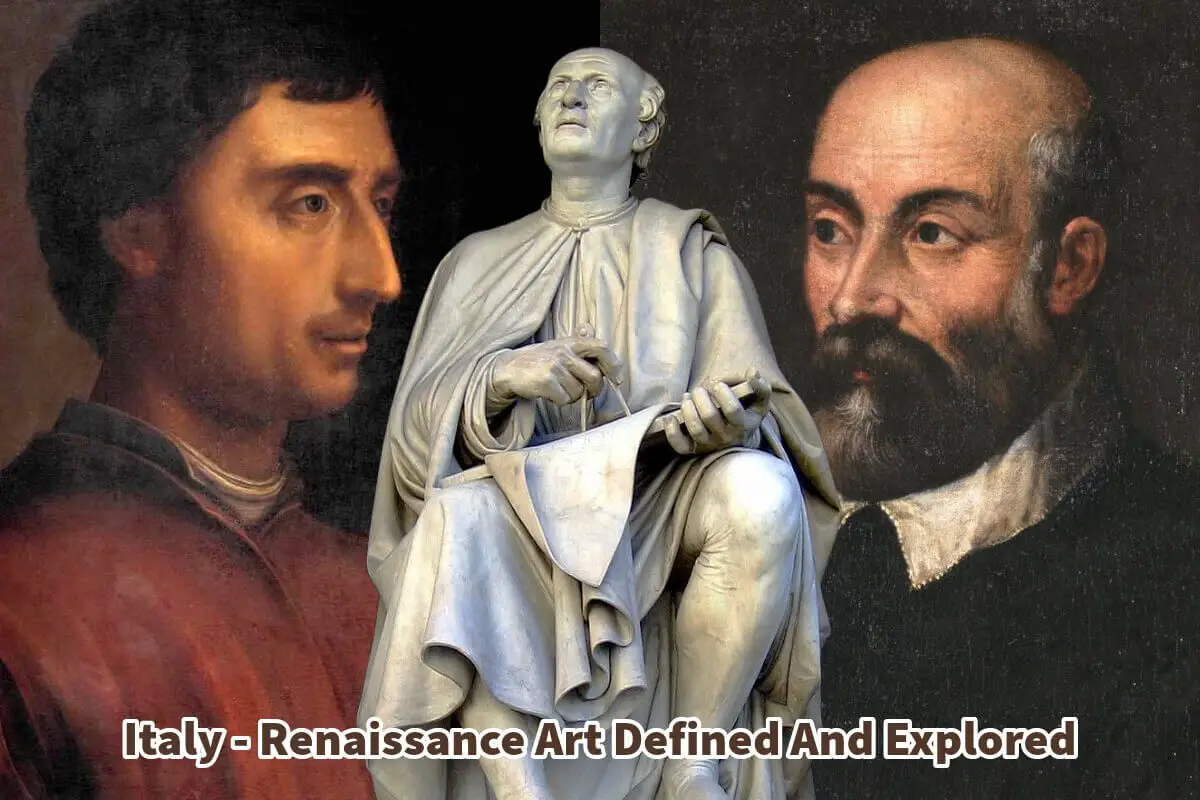The Renaissance is one of the most monumental epochs in art history, captivating art enthusiasts and scholars alike. As one of my favorite artistic movements, it is home to some of the greatest artists the world has ever seen.
Originating in Florence, Italy, the Italian Renaissance is pivotal in shaping this transformative era, laying the artistic foundations we continue to admire today. Celebrated for its revival of classical ideals and introduction of innovative artistic techniques, the period also stands as a staunch advocate of humanistic values. Join us as we delve deeper into this fascinating Italian Renaissance art history chapter.
Table of Contents
- The Luminous Legacy Of Italian Renaissance Art: An Exploration Of An Era
- Essential Characteristics Of Italian Renaissance Art
- Titans Of The Italian Renaissance
- Pioneers Of Renaissance Architecture
- Related Questions
The Luminous Legacy Of Italian Renaissance Art: An Exploration Of An Era
The Italian Renaissance is a golden period in art history that stretched from the late 14th century to around 1600. This era wasn’t just a chapter in Italy’s cultural narrative but a pivotal epoch that influenced the course of Western civilization.
With Italy as its cradle, the Renaissance (“Rinascimento” in Italian, meaning “rebirth”) marked a monumental transition from the Medieval Ages to modernity, bringing with it unprecedented advances in art, literature, science, and philosophy.
The period is renowned for its reinvigoration of classical ideals and groundbreaking artistic techniques. It championed humanism, secularism, and a relentless quest for knowledge.
The Roots Of Renaissance
A myriad of factors catalyzed the Italian Renaissance. Perhaps most notable among these was the renewed interest in the classical works of Ancient Greece and Rome.
The fall of the Byzantine Empire in 1453 flooded Italy with scholars and texts from the East, intensifying this revival. Furthermore, Italy’s thriving city-states, backed by wealthy patrons like the Medici family in Florence, provided the perfect milieu for artists to flourish.
Essential Characteristics Of Italian Renaissance Art
Some essential features of Italian Renaissance art deserve our attention and understanding. Continue reading as we delve deeper into these crucial characteristics.
Exploration And Learning
Renaissance artists were not just craftsmen; they were intellectuals. The period fostered a culture that valued knowledge, evident in Leonardo da Vinci’s extensive notebooks that combined sketches with scientific diagrams.
Humanism And Faith In Humanity
Artists focused on the human experience, displaying a keen interest in portraying human anatomy, emotions, and experiences with realism and depth.
Mastery Of Perspective
Linear perspective was born in this era, a technique that gave the illusion of depth and volume on a flat surface. Artists like Piero della Francesca and Masaccio took it upon themselves to perfect this innovation.
Rebirth Of Naturalism
Artists moved away from the ethereal and often exaggerated forms of Medieval art to embrace naturalism, breathing life into portraits and landscapes alike.
Secularism
Though religious themes were prevalent, Renaissance art also embraced secular subjects, illustrating the era’s broader interest in the world beyond the Church’s confines.
Titans Of The Italian Renaissance
The Renaissance isn’t just a pivotal period in art history; it also gave rise to some of the most exceptional artists ever graced the world. Here are some of three f some of the most influential artists of the Renaissance.,
Leonardo da Vinci

Leonardo is the quintessential “Renaissance Man,” gifted in art, science, and engineering. His masterpiece,
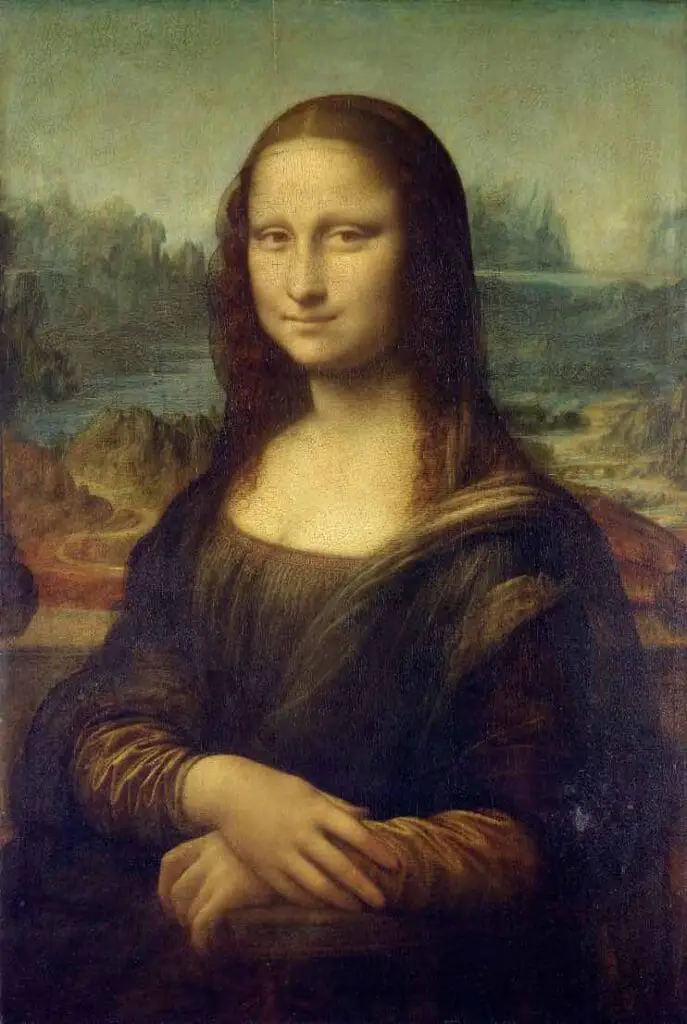
“The Mona Lisa” captivates viewers with her enigmatic smile, while “The Last Supper” revolutionized narrative art with its intricate composition and emotional depth.

Michelangelo Buonarroti

Michelangelo is another titan of this era. His ceiling for the Sistine Chapel remains one of the most breathtaking artistic achievements ever.

His sculptural masterpieces like the “Pieta” and “David” exhibit an unparalleled understanding of human anatomy and emotion.
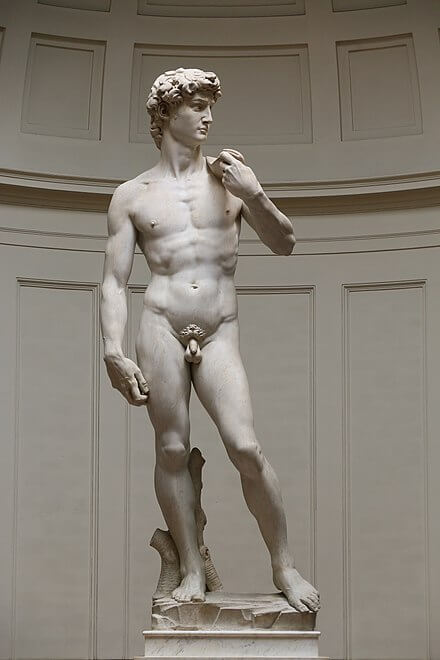
Raphael
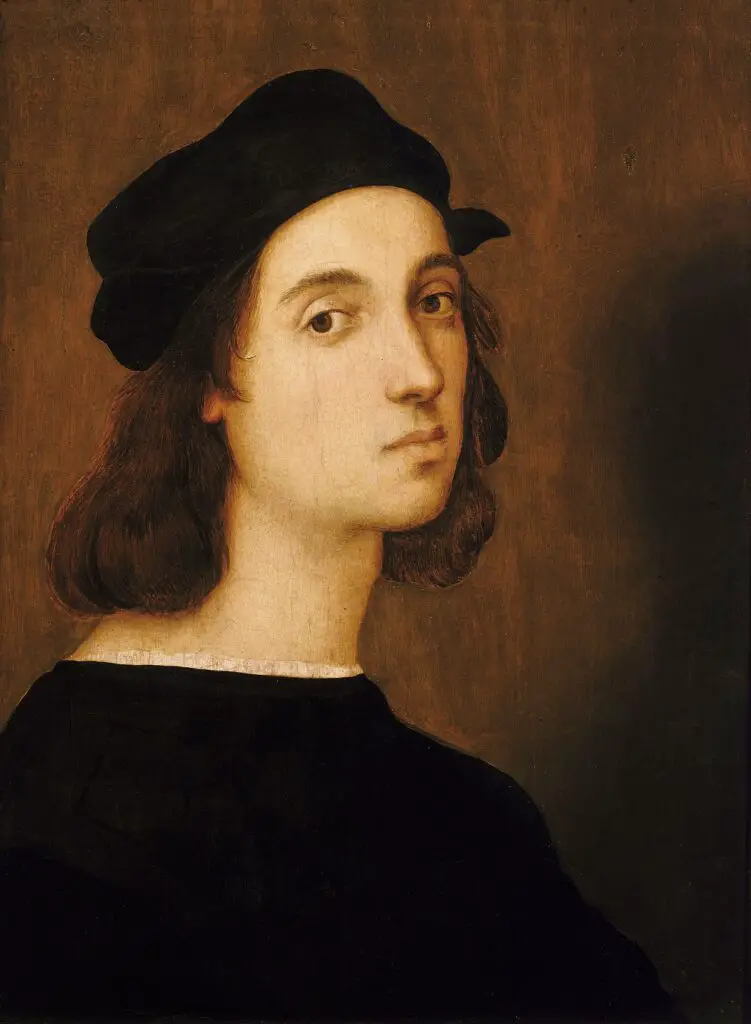
He is renowned for his mastery of human form and a keen eye for detail.
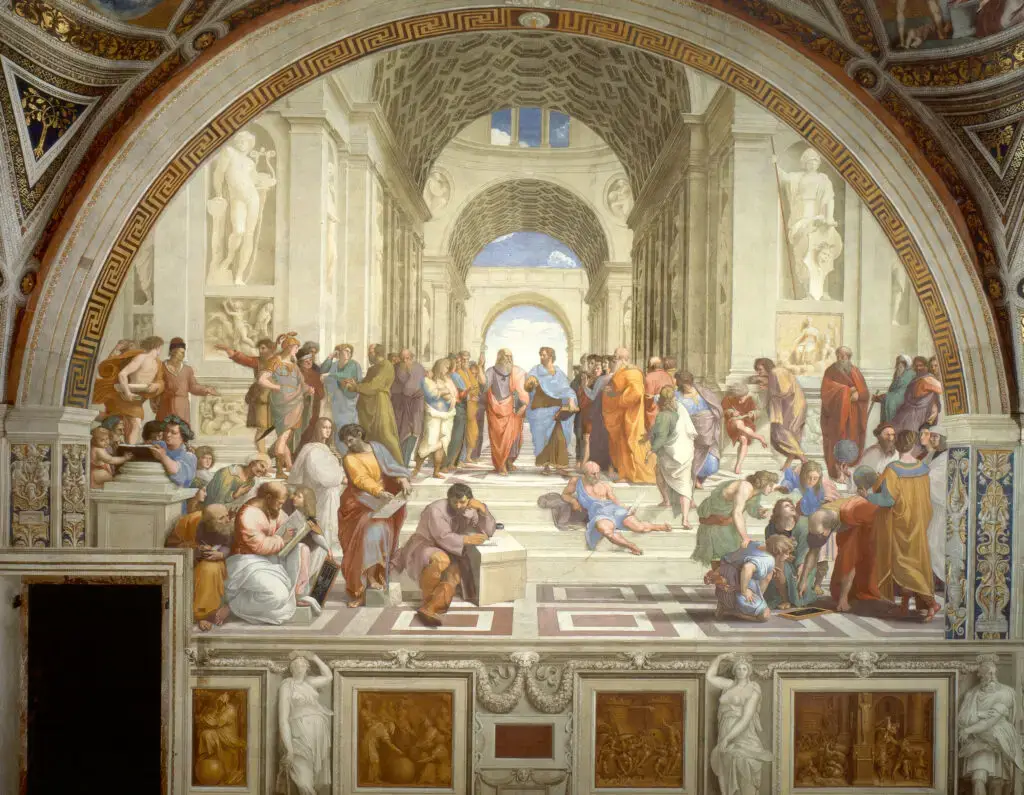
Raphael’s works like “The School of Athens” and “The Sistine Madonna” have captivated audiences for centuries.
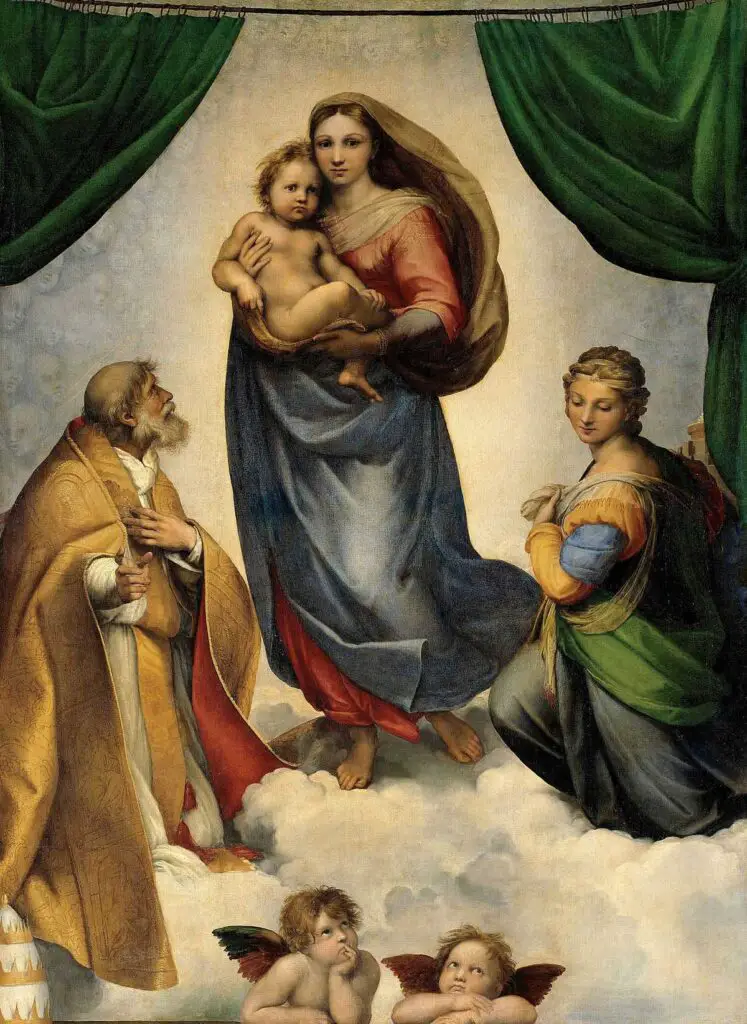
Pioneers Of Renaissance Architecture
In addition to giving rise to exceptional artists, the Renaissance also brought forth groundbreaking architects who profoundly transformed the landscape of architecture as we understand it today.
Filippo Brunelleschi
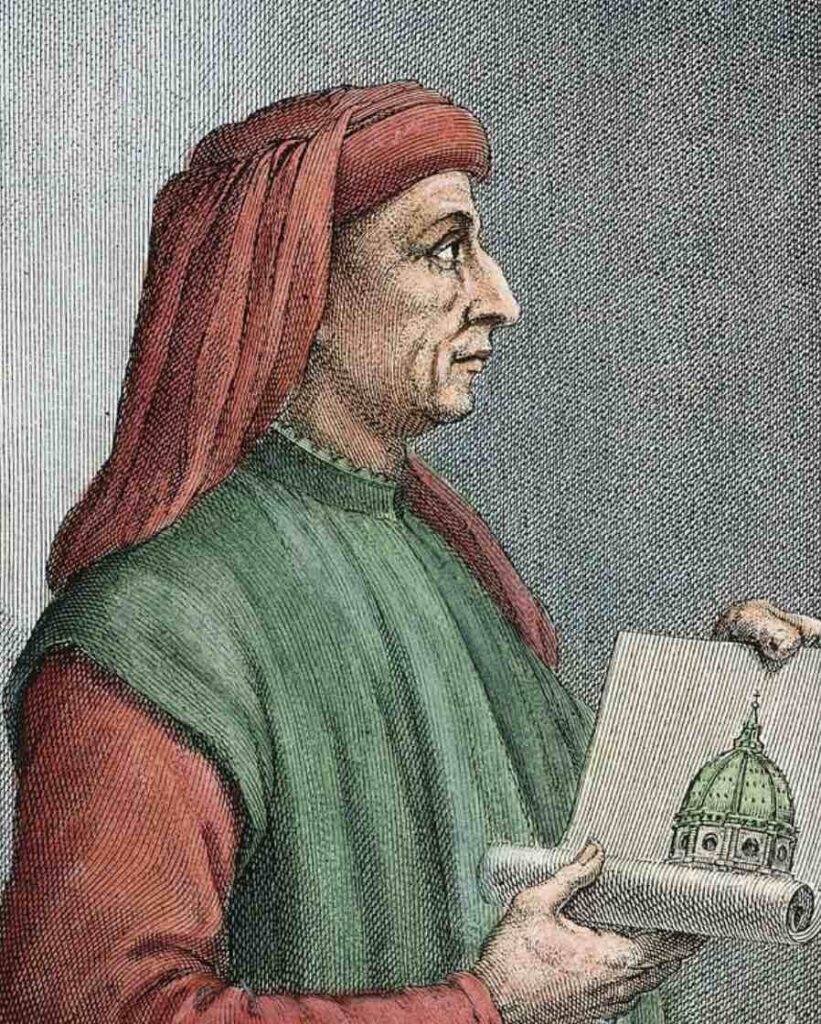
The dome of the Florence Cathedral, engineered by Brunelleschi, is an enduring testament to Renaissance architecture. His grasp of geometric principles and the introduction of linear perspective in architecture set the stage for the coming centuries.
Leon Battista Alberti

Alberti was an architect and a humanist who wrote extensively on the subject. His works, like the façade of Santa Maria Novella in Florence, embody the Renaissance ideals of proportion and harmony.
Andrea Palladio
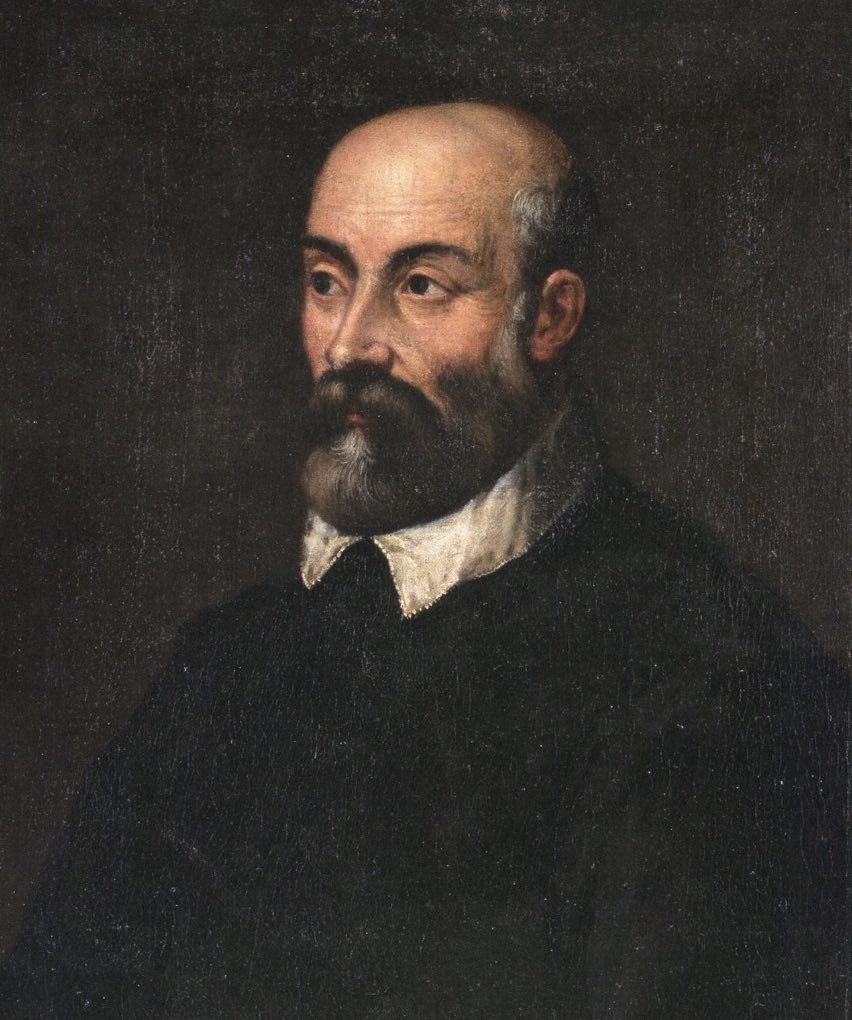
Palladio’s influence reached far beyond Italy, impacting architectural principles globally. His villas, based on classical Roman principles, epitomize the symmetry and grandeur of Renaissance architecture.
The Italian Renaissance isn’t just a historic period but a luminous tapestry of human achievement. It laid the groundwork for modern Western culture and revolutionized our conception of art and the human experience. Its giants—Leonardo, Michelangelo, Raphael, Brunelleschi, and others—remain iconic in art history and in the annals of human ingenuity.
Their works are not just paintings, sculptures, or buildings but eternal monuments to the limitless capabilities of the human mind and soul.
Anita Louise Art is dedicated to art education, great artists, and inspiring others to find and create their art. We love art that uplifts and inspires. #ArtToMakeYouSmile! #ArtToMakeYouHappy!
If you are interested to see any of my art, you can find out more by clicking here. If you are interested in what inspires me and my paintings, you can discover more by clicking here.
We have a free newsletter and would love you to be part of our community; you can subscribe to the newsletter by clicking here. If you have any questions, I would be happy to talk to you. You can reach me, Anita, by clicking here.
Subscribe to our Anita Louise Art YouTube Channel filled with great videos and information by clicking here.
Join us for our podcast “5 Minutes With Art.” Spend just 5 minutes a week with us to discover and learn about great art and artists. You can find out more about our podcast by clicking here.
Related Questions
How Was Leonardo da Vinci Able To Master So Many Different Professions?
Leonardo da Vinci is a man known to have had many different titles and professions during his lifetime. He was able to master this profession because he was a genius. But more than just being a genius, Leonardo is also self-educating and never stops learning. He had an insatiable amount of curiosity about all kinds of subjects.
By clicking here, you can learn more by reading How Was Leonardo da Vinci Able To Master So Many Different Professions?
What Can We Learn From Leonardo Da Vinci?
Leonardo da Vinci was a philosopher; being a philosopher means that you want to seek wisdom. Leonardo was one person who tried to seek knowledge or enlightenment in his life. Leonardo was an active observer and learner of the human body, human behavior, and nature.
By clicking here, you can learn more by reading What Can We Learn From Leonardo Da Vinci?
Was Leonardo da Vinci A Philosopher?
Leonardo da Vinci was a philosopher; being a philosopher means that you want to seek wisdom. Leonardo was one person who tried to seek knowledge or enlightenment in his life. Leonardo was an active observer and learner of the human body, human behavior, and nature.
By clicking here, you can learn more by reading Was Leonardo da Vinci A Philosopher?

